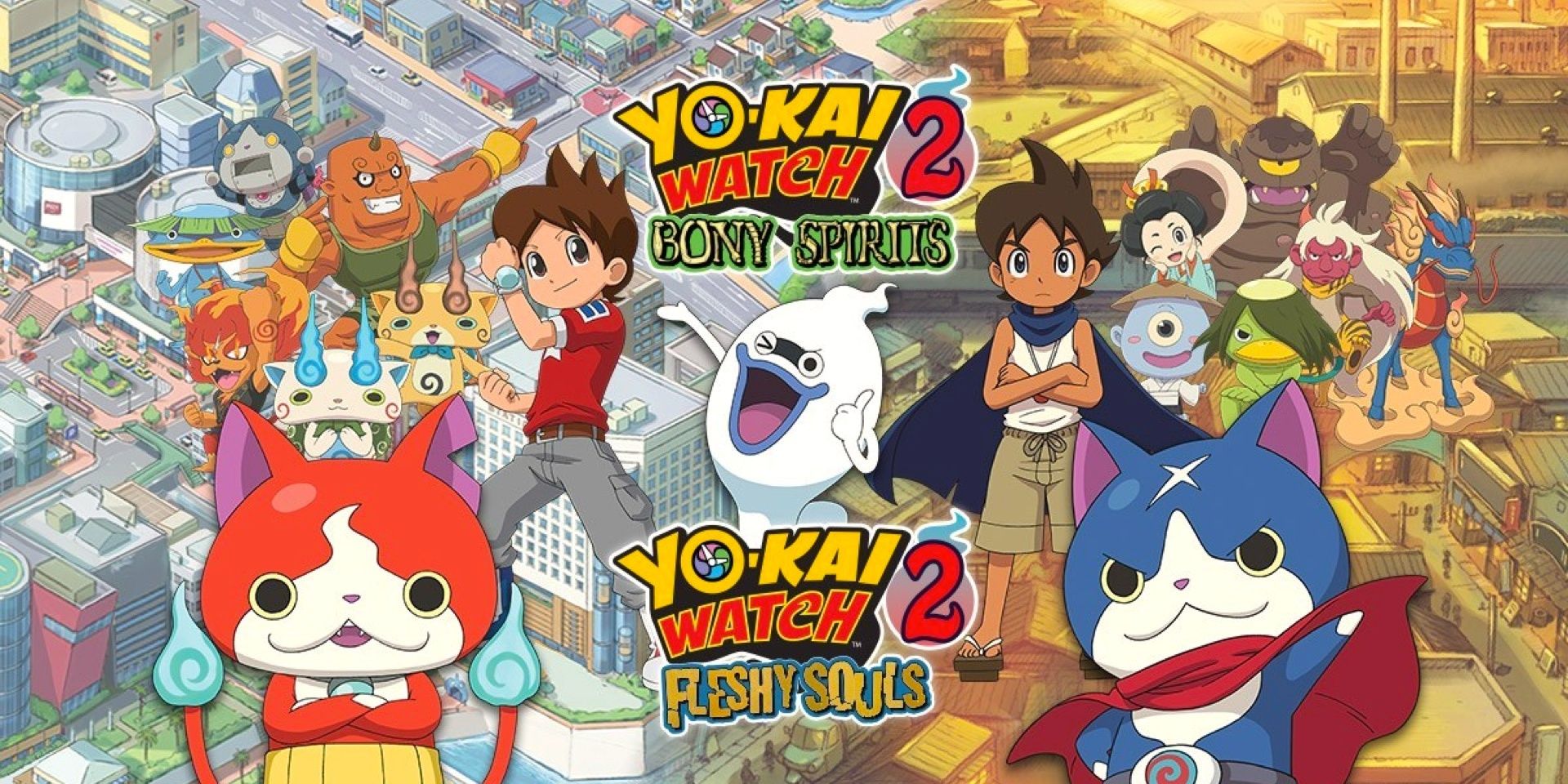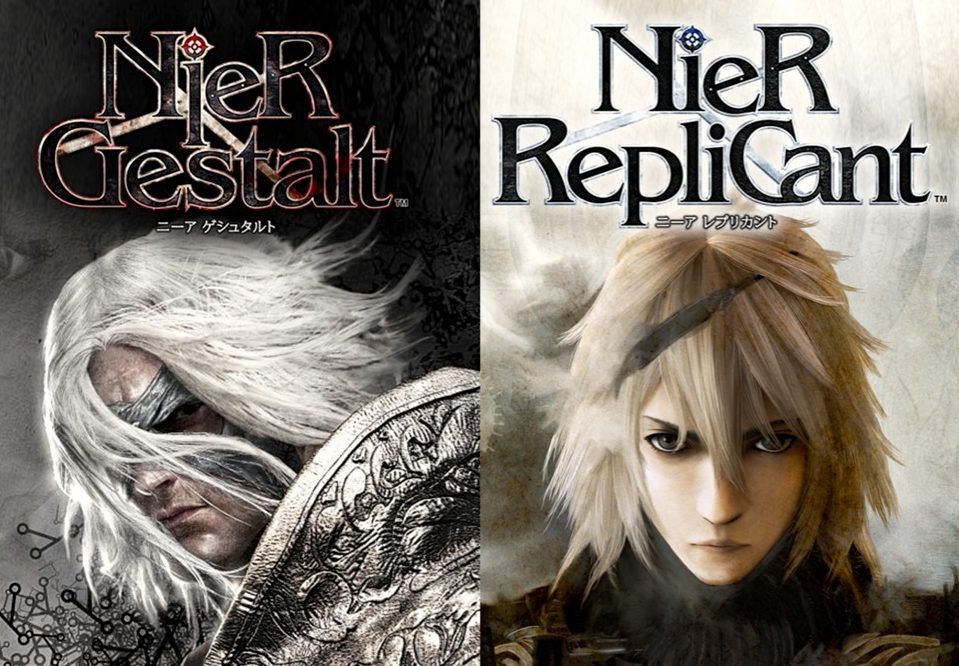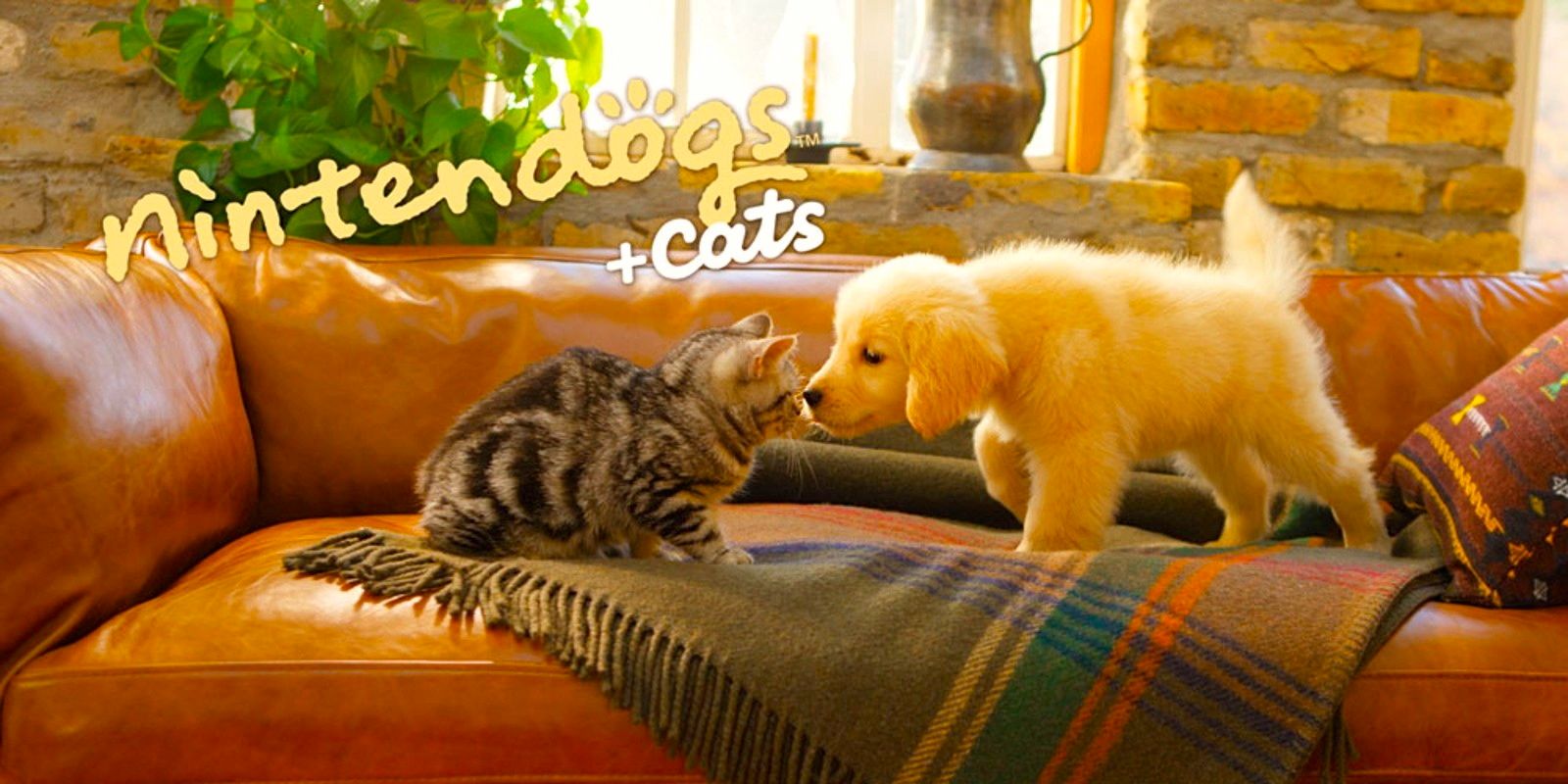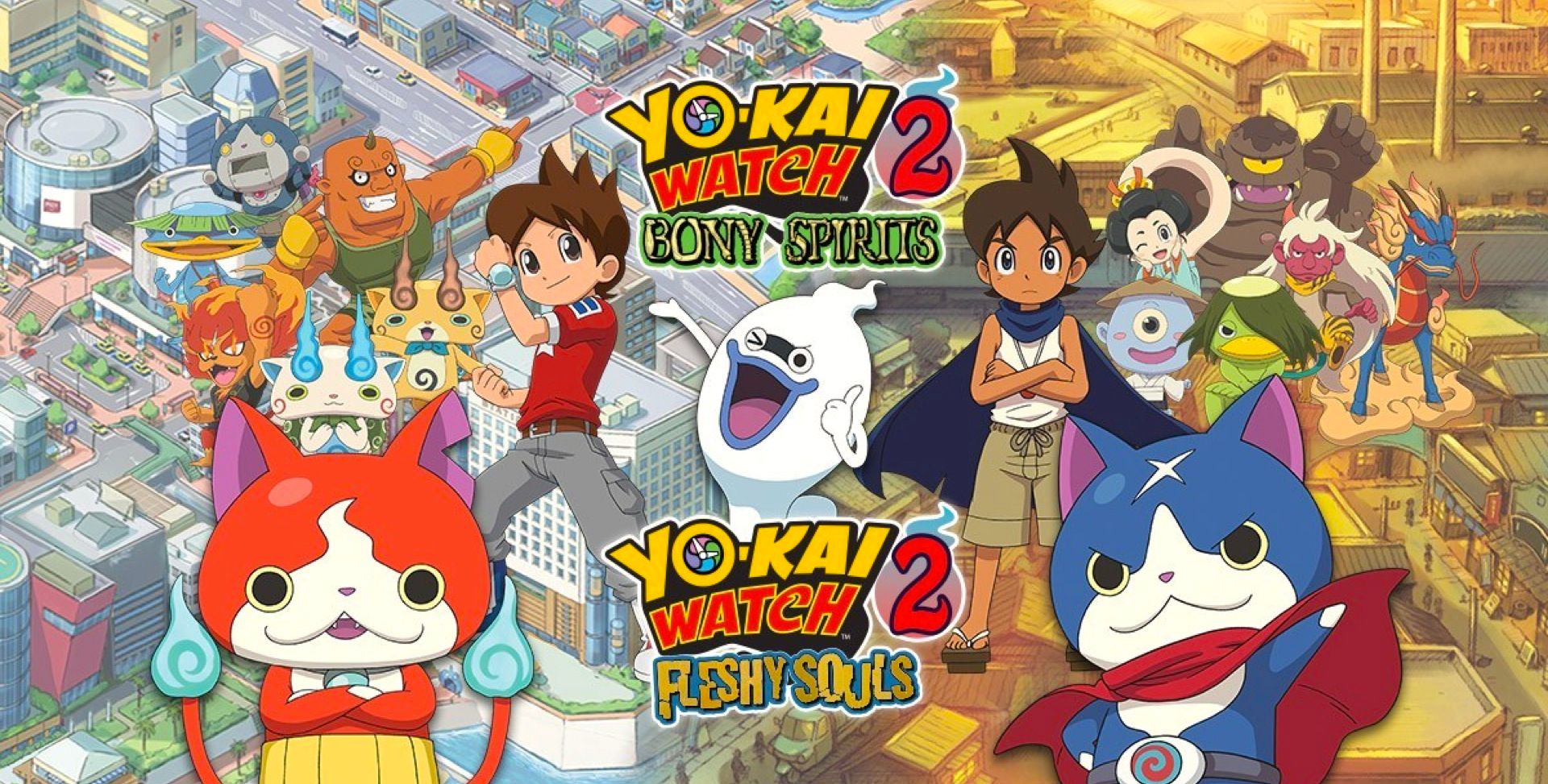This article was hard to put into a short title that truly explained what the concept is about. That said it’s not that difficult to grasp once the idea has been properly explained. So unless there is something obscure that this writer is forgetting about, Pokémon Red and Pokémon Blue were the first games to introduce the concept of releasing the same game twice with small differences.
With Pokémon each game was identical except for exclusive creatures. For example, in Pokémon Blue players could catch Pidgey while Pokémon Red trainers could catch Spearow. The idea then was to have people trade with each other. Besides Pokémon though, other games have since tried to replicate this concept. Some of which may be a little shocking.
10 Fire Emblem Fates
Fire Emblem Awakening turned the series from a niche RPG to a phenomenon. So with that in mind it’s not hard to see why Nintendo got a little full of themselves. They thought their Pokémon double trouble formula could be adapted into this franchise as well. Conquest was the more difficult of the two while Birthright was a bit more balanced.
Each game followed a separate campaign based on a family decision after the prologue chapters. Not only that, but there was DLC for a third choice. It was a good game, but could have been better if unified.
9 Nier
That’s right, the original Nier had two versions in Japan under the names Nier Gestalt and Nier Replicant. Here is the crazier piece of knowledge. This wasn’t just two versions on the same platform. The former release was exclusive to the Xbox 360 while the latter was exclusive to the PS3.
That said the version that was brought over to the West for both platforms was the Gestalt edition because Square Enix thought the West would like the more ripped version of the titular Nier. Replicant then featured a younger, hotter version of Nier.
8 Dragon Quest XI
When Dragon Quest XI originally launched in Japan in 2017 there was a PS4 and 3DS version. Both were near identical in content in terms of the story. The only real difference was the graphics. Even though the 3DS could not complete with the PS4’s power, it was still unique.
Players could choose to play the game with graphics similar to Dragon Quest VII’s remake, or with a 16-Bit style. The upcoming Switch version will incorporate the 16-Bit and PS4 graphics as options, but the pure 3DS stuff won’t be in it.
7 Super Smash Bros. 4
That’s the fan name given to this because Super Smash Bros. for Nintendo 3DS and Super Smash Bros. for Wii U are incredibly stupid names. Anyway technically these weren’t released at the same time. They had a month apart, but let’s still count it.
Both versions were almost the same except that the Wii U version had more realistic graphics while the 3DS edition was cel-shaded. They also had exclusive content like a 2D platformer in the 3DS game along with some alternate stages.
6 Tales of Hearts
This game eventually came over via a slightly remastered version on PS Vita, which was six years after the original two. Now when it launched on the DS in 2008, there were two very strange editions with dumber names than Super Smash Bros. 4.
They were the Anime Edition and CG Movie Edition. One had animated cutscenes while the other had CG cutscenes as if this writer needed to spell that out. Everything else about each version was the same. What a weird way to split up the fans, right?
5 Ni no Kuni
In Japan a DS version of this game released as Ni no Kuni: Dominion of the Dark Djinn. A year later the PS3 version, Ni no Kuni: Wrath of the White Witch, launched. Both games were being worked on simultaneously at Level-5.
The PS3 version just got held back a little. While both games are essentially the same, there is one key difference. The DS version came with a real-life book that players had to study in order to learn runic spells for combat. It’s very cool.
4 Persona: Dancing All Night
That’s not actuality the name of the games, but more of homage to the first dancing spinoff for Persona 4. Anyway last year Atlus released Persona 3: Dancing in Moonlight and Persona 5: Dancing in Starlight.
Both games have nearly identical stories. The only difference is the characters and music found within. This is literally a blue vs red situation as the box art pays a pretty heavy tribute to Pokémon.
3 Oracle of Seasons & Oracle of Ages
This entry is a bit of a stretch, but since it's about The Legend of Zelda, it’s hard to resist. Not only were these two games released on the same day and had completely different campaigns, they were also developed by Capcom, the first of a few more collaborations.
While they are different, these two games share similar themes of time travel. There are also ways to hook up games via link cables in order to unlock secrets. Those were the weird days of the Game Boy.
2 Nintendogs
Nintendogs is the only example of a series purely dedicated to nearly identical copies. While each version is about befriending and training virtual dogs, each edition is also themed around distinct breeds.
There are also more than just two versions as well. The whole idea behind this series was choice just like buying a real dog. It’s sort of like Tamagotchi, but a lot more involved. Further sequels even included cats.
1 Yo-kai Watch 2
Okay, let’s get in a Pokémon clone to end things. While the first game was definitely similar to Pokémon except that players befriend ghosts instead of monsters, there was only one version of the game.
Level-5 upped the ante with the sequel by copying Pokémon even more by making two editions being that of Bony Spirits and Fleshy Souls. And also like Pokémon, there were creatures exclusive to each version. Pretty simple really.











